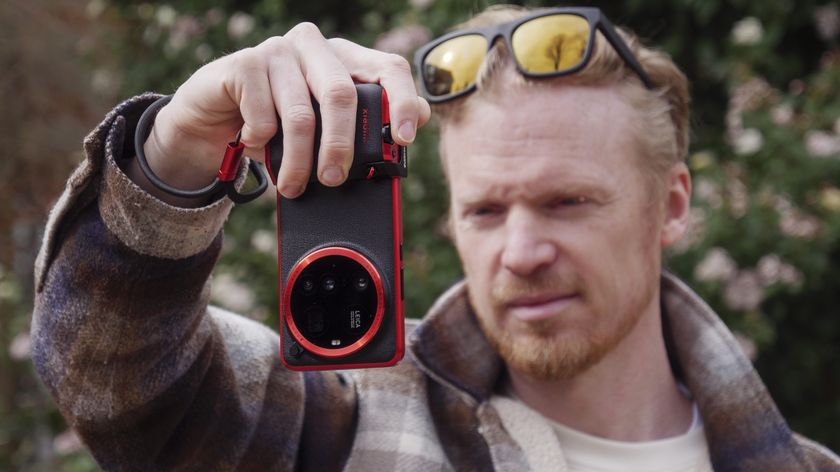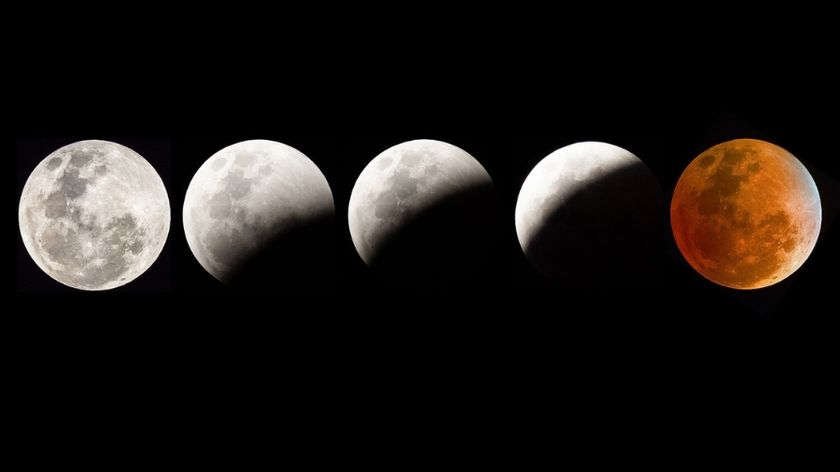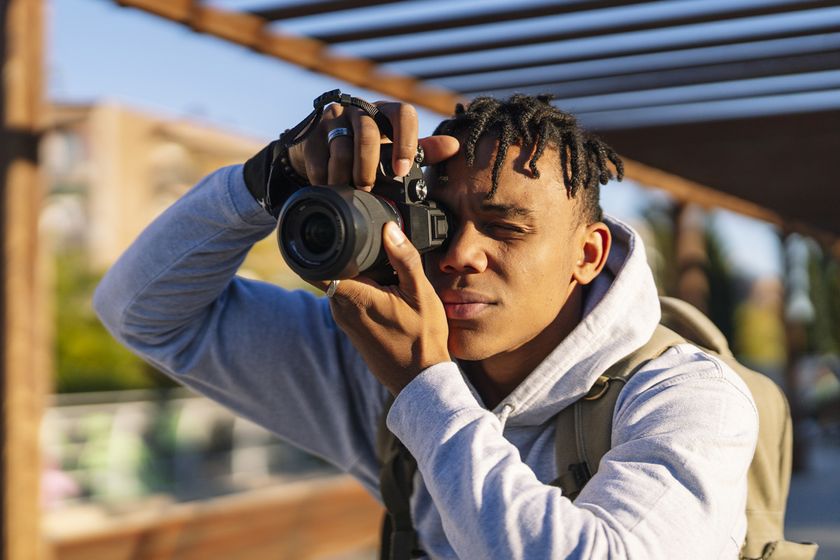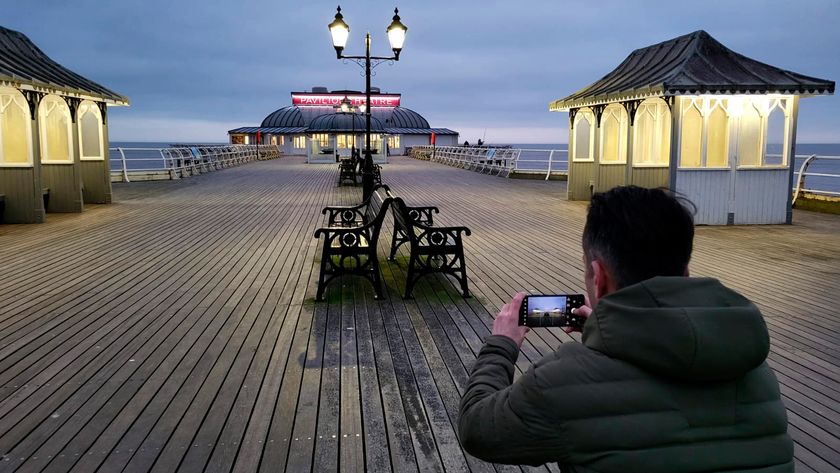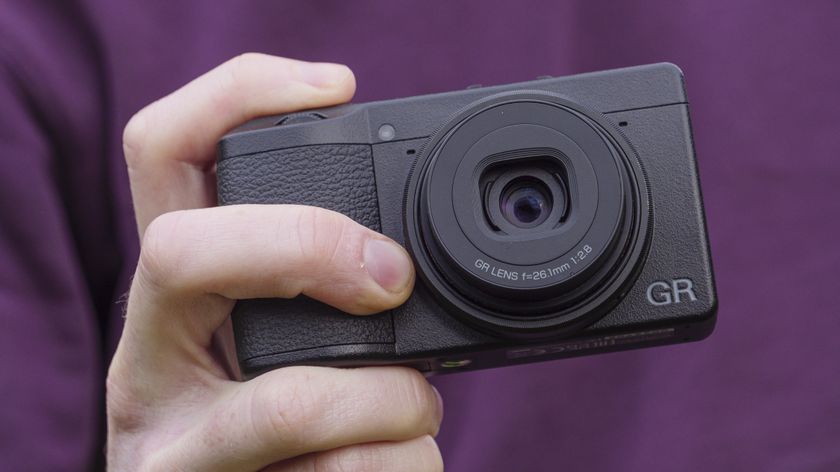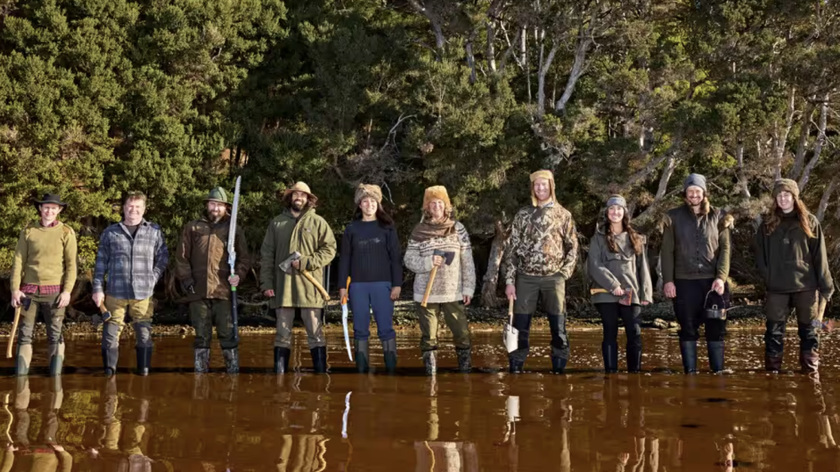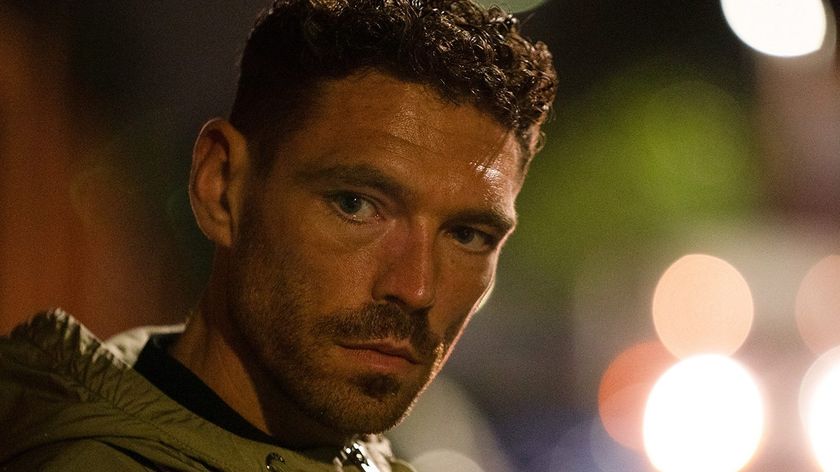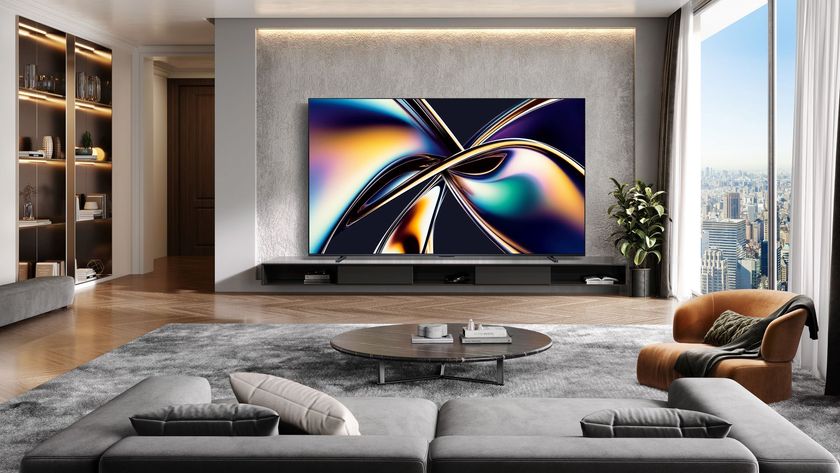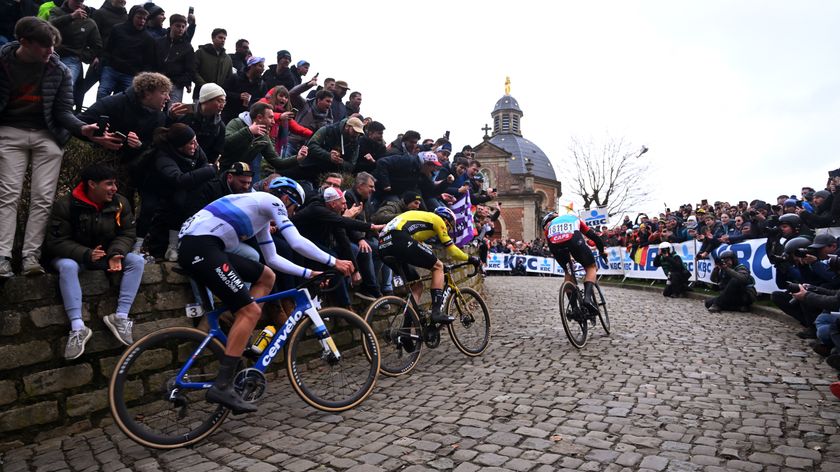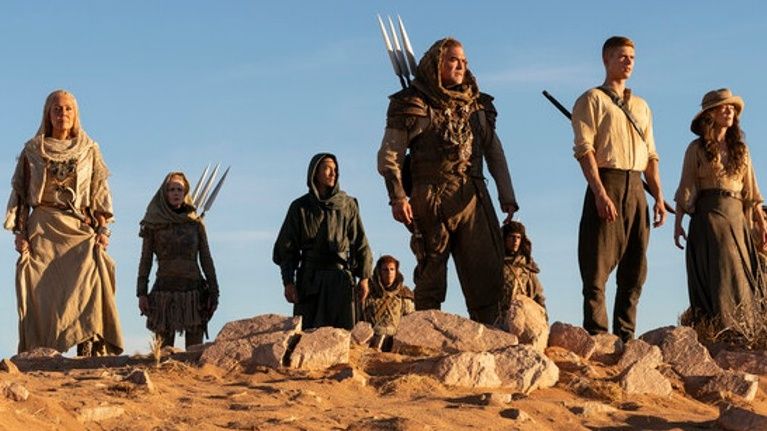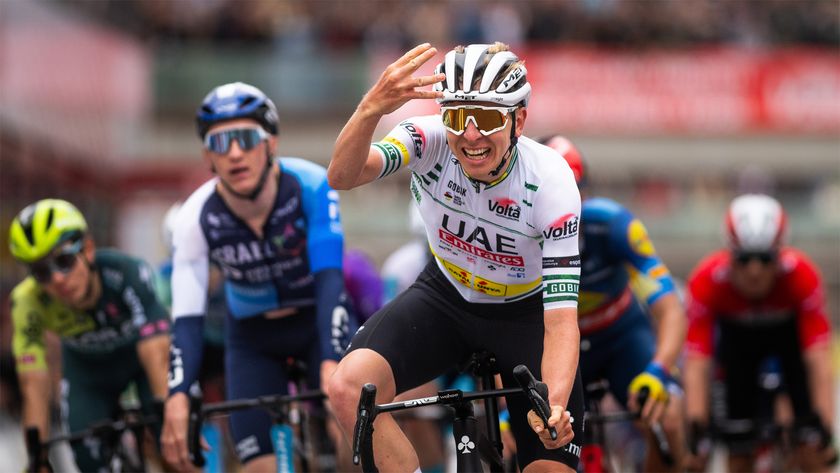How to take photographs from orbit, according to an actual astronaut
Listen up, future space tourists. Here's how to wield a camera from 250 miles up
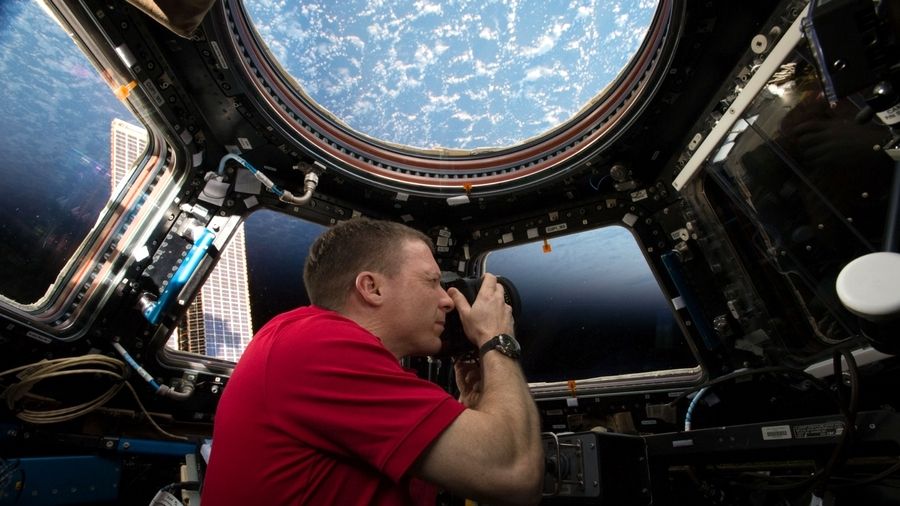
When it comes to landscape photography, astronauts aboard the International Space Station (ISS) have the best seats in the house; when you’re 250 miles up and your window is full of Planet Earth, it’s impossible to resist. With almost 200 days and 84 million miles over 3,600 orbits of the planet, first as Flight Engineer then as Commander of the ISS in 2014/2015, NASA astronaut Terry Virts found time to photograph everything from sunrises and ice fields to hurricanes and lightning storms.
Tweeting from space
Virts was seriously prolific, and tweeted his images daily at @AstroTerry, though sending a tweet in space isn’t easy.
“There's very slow internet that's only available when you have certain satellite coverage, so most of the time I emailed my pictures to a guy on the ground with a message, and he actually posted it," says Virts.
"I was so busy up there I didn't want to spend all my spare time on the internet."
Now he's back on terra firma, Virts has put together his favorite images in a book, View from Above: An Astronaut Looks at the World, which is on pre-order now and publishes in October.
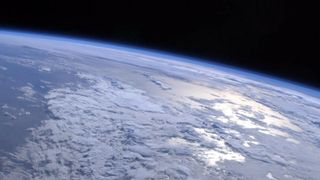
The camera gear
Not surprisingly, NASA supplies the astronauts with some pretty nifty photography gear.
"We had just about every professional camera," says Virts.
Get daily insight, inspiration and deals in your inbox
Sign up for breaking news, reviews, opinion, top tech deals, and more.
"The Nikon D4 is up there, about 12-15 bodies, though each astronaut is assigned their own. We have them pre-positioned in the labs, by the labs window, and in the cupola in the US segment [...] We had all kinds of lenses, from 8mm super-wide angle fisheye lenses all the way up to a 800m lens with a 1.4 doubler on it, and every zoom lens and prime lens in between you can think of." The Russians also use Nikons, mainly the D3 and D800.
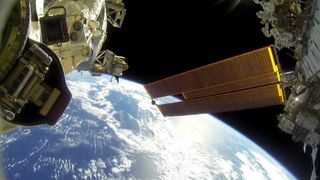
The video gear
During his expedition the crew was supplied with Canon EOS-1D C cameras by IMAX to film segments for the Jennifer Lawrence-narrated IMAX 3D film A Beautiful Planet that's currently showing in IMAX Theatres.
"We got to use a couple of amazing Zeiss lenses, worth about US$50,000 each, they were really amazing pieces of glass," says Virts, who also got to use more Hollywood-quality cameras for the IMAX, notably a top-of-the-line Canon EOS C500 and even an ultra HD-capable RED Epic Dragon camera.
“After 195 days up there taking thousands of stills, during the last week I used the RED camera to shoot 1TB of Ultra HD footage," says Virts. So NASA put together a showreel of it – the first 4K video shot in space. Virts also took a GoPro Hero3 camera with him on a spacewalk.
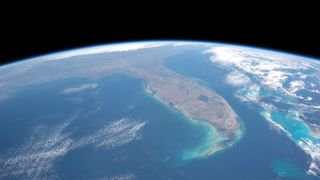
The observatory module
The main reason that astronauts have been able to take such mesmerising images from the ISS in recent years has less to do with camera gear than a new observatory module. The cupola has a 31-inch window and boasts 360 degree views. "I actually installed it," says Virts of his first trip to space in 2011 as a pilot on the space shuttle Endeavour mission STS-130. He went on to spend a lot of his time inside the cupola on his next trip to space. "The cupola is everyone's favourite place, but it does have a plastic coating to protect it from scratches, and while it works great for wide-angle photos, it kills any zoom-ins," says Virts.
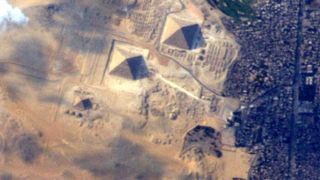
Timing it right
“Finally on my last day on the ISS, I got a pic of the Pyramid – it took me seven months to get it,” says Virts. “The way orbital mechanics work you get a day pass and night pass over a particular place every day, but some passes are close, and some could be 100km away,” says Virts. “And there’s a lot of work to do, plus sleep – so I quickly realised I would have to set an alarm if I wanted to take photos of specific places.”
"I used 200-300mm lenses from the cupola to take close-ups, but that was more Scott Kelly's thing – he used an 800mm lens from the lab window," explains Virts. Kelly – on his gruelling Year in Space mission – took many stunning close-ups of Earth. So did British astronaut Tim Peake, who arrived on the ISS in December 2015, and has since produced the wonderful book Hello, is this planet Earth? My View from the International Space Station.
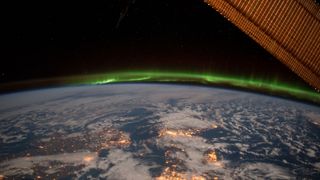
Getting creative
Although framing images of specific places on Earth was always tempting, as well a challenging, Virts preferred to take more artistic shots that place Earth in its actual context – a planet floating alone in space.
"A lot of astronauts like to zoom in on their house, or on cities at night, but my favourite were the 24mm wide-angle shots, where you can see the curvature of Earth and the blackness of space," says Virts.
"I did a lot of time-lapse sequences and turned them into movies using Picasa, including one of the U.K and the aurora in the distance. It’s so hard to say, but probably my favorite images were clouds at dusk when the colouring was sublime.”
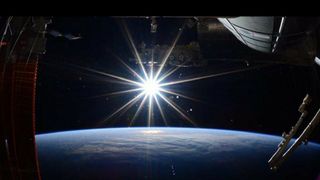
The final image
So what do you do on your last day on the ISS, when you know you’re never going to return to space, and never again see that view from above? You go for a big picture, that’s what. Virts went down to the Cupola, he took the scratch-pane off the window, put a 10mm fish-eye lens on his camera, and set it to F22 to capture a sunburst against the curvature of the planet.
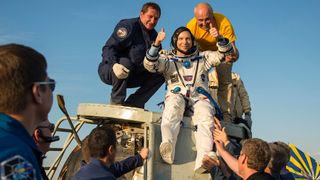
“I looked at the first picture in the viewfinder and thought it was the best picture I had ever taken, and that I would ever take, so I transferred it to my laptop, put on my space-suit, got in the Soyuz capsule, and came back to Earth.”
Virts promptly landed in Kazakhstan in a Soyuz TMA-15M capsule on 11 June, 2015, and he's since retired from NASA. Is it all bit of a come-down? Photographically speaking, for sure.
"I had everything up there,” says Virts. “Now I just have an iPhone.”
Jamie is a freelance tech, travel and space journalist based in the UK. He’s been writing regularly for Techradar since it was launched in 2008 and also writes regularly for Forbes, The Telegraph, the South China Morning Post, Sky & Telescope and the Sky At Night magazine as well as other Future titles T3, Digital Camera World, All About Space and Space.com. He also edits two of his own websites, TravGear.com and WhenIsTheNextEclipse.com that reflect his obsession with travel gear and solar eclipse travel. He is the author of A Stargazing Program For Beginners (Springer, 2015),
